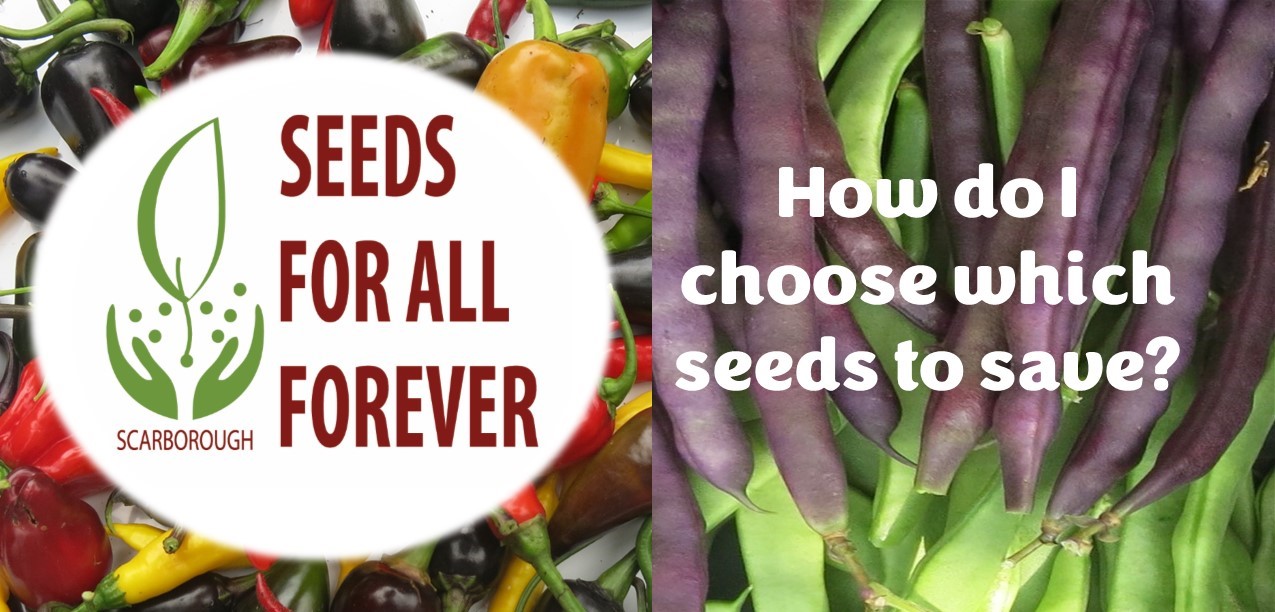Seed saving resources

The Express Lane
Here are our top 10 suggestions for seeds that are popular and easy to save. Click on the name to see a growing guide for that plant.
Digging Deeper
If you're willing to read and learn a little more, you can save a wider variety of seeds.
Think about the usual questions about growing food
What do you like to eat? How much sunlight does your space get? How much time you have to care for your plants?
Location, location, location
Are you the only grower for blocks or are you in a community garden?
Some seeds cross-pollinate if they’re close to other varieties. If you want to be sure the seeds will keep producing the same variety, you need to think about how they pollinate. Some plants need more distance from similar plants.
If you’re the only person growing butternut squash on your block, your seeds should continue to produce butternut squash. If you’re in a community garden where people are also growing zucchini and acorn squash, your seeds might turn out to be something else entirely!
Self-pollinating plants usually don't need to be isolated from other varieties.
Insect pollinating plants may need more space or some kind of barrier.
Wind pollinating plants can easily cross with other plants of the same kind.
See the growing and seed saving guides below to find out which plants need a little space and which can grow together.
Think about the seed saving process
Easy peas-y
No process required, just use the seed from the mature fruit (like peppers) or let the plant go to seed (lettuce, arugula, dill, coriander)
A little effort
These seeds need simple processing (such as soaking or fermenting seeds like tomatoes)
Leave it in!
Leave it in a little: leave some of the fruit on the plant past maturity (wait for pea and bean pods to dry out, cucumbers and eggplant should be over-ripe).
Leave it in a lot: biennial plants that need to stay in the ground over the winter to produce seeds next year (Brassicas like kale, brussels sprouts and broccoli)
More challenging
Seeds that need cold stratification, such as native wildflowers
See the following growing and seed-saving guides for more information on the seed saving requirements for each plant.
https://www.communityseednetwork.org/ - crop guides for beginner and advanced seed savers, plant botany in PDF format
https://www.communityseednetwork.org/wp-content/uploads/2021/04/SS-Seed-Saving-Chart-English.pdf - chart with extensive list of vegetable family names and pollination information
https://seeds.ca/seed-gardening-resources/ - seed saving & starting, general gardening
https://seedsavers.org/learn/growing-guides/ - how to grow 35 different crops on webpages and videos.
https://www.innisfilseedlibrary.ca/seedsaving101 - sorts plants into easy, medium & advanced. Step by step instructions for saving tomatoes and cucumber seeds
Want to feed pollinators as well?
Research shows that the pollen from these two plant families are a good source of protein for bees:
Solanacae: Eggplants, Tomatoes, Potatoes, Peppers
Brassicas: Kale, bok choy, broccoli, choy sum, brussels sprouts, collards
